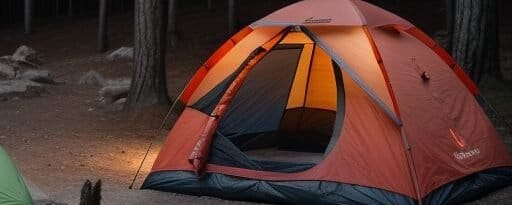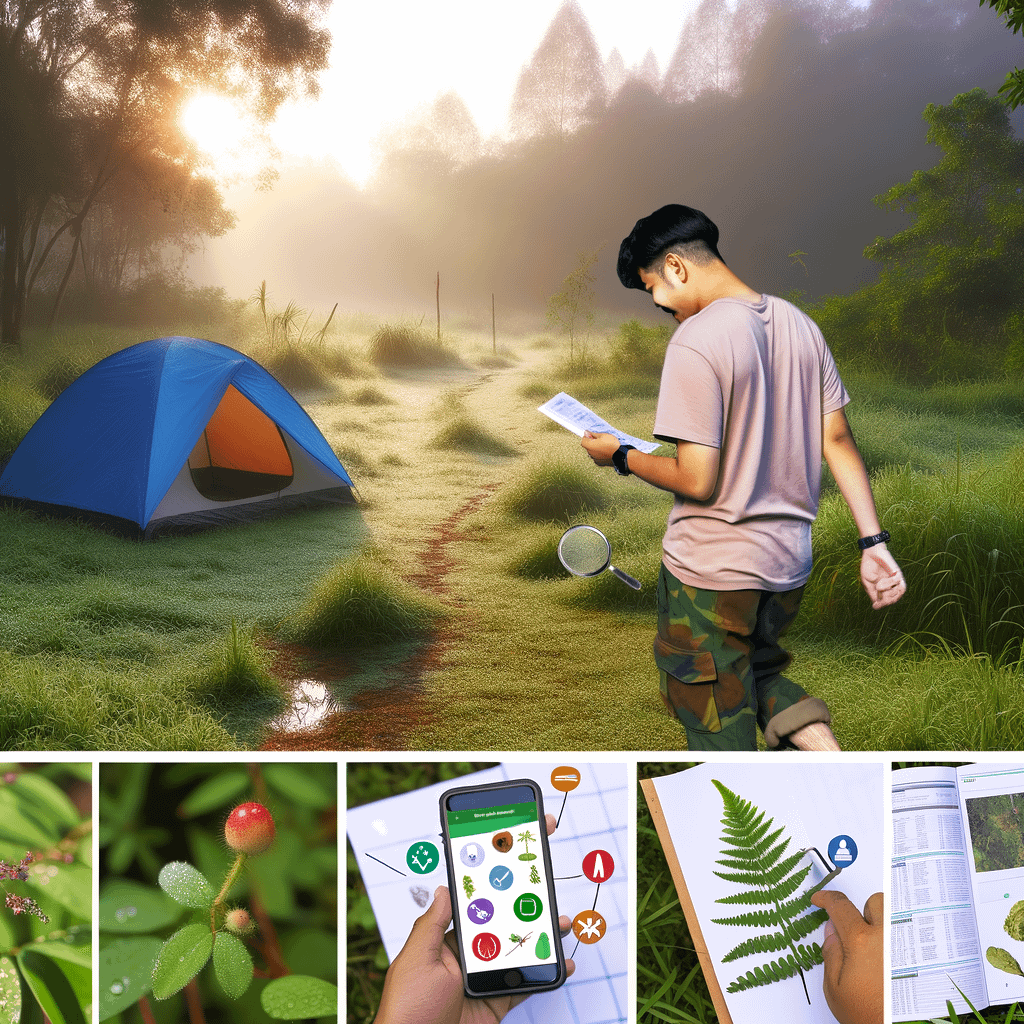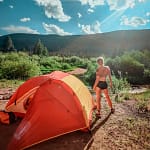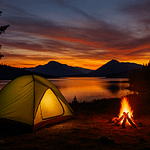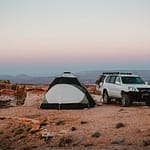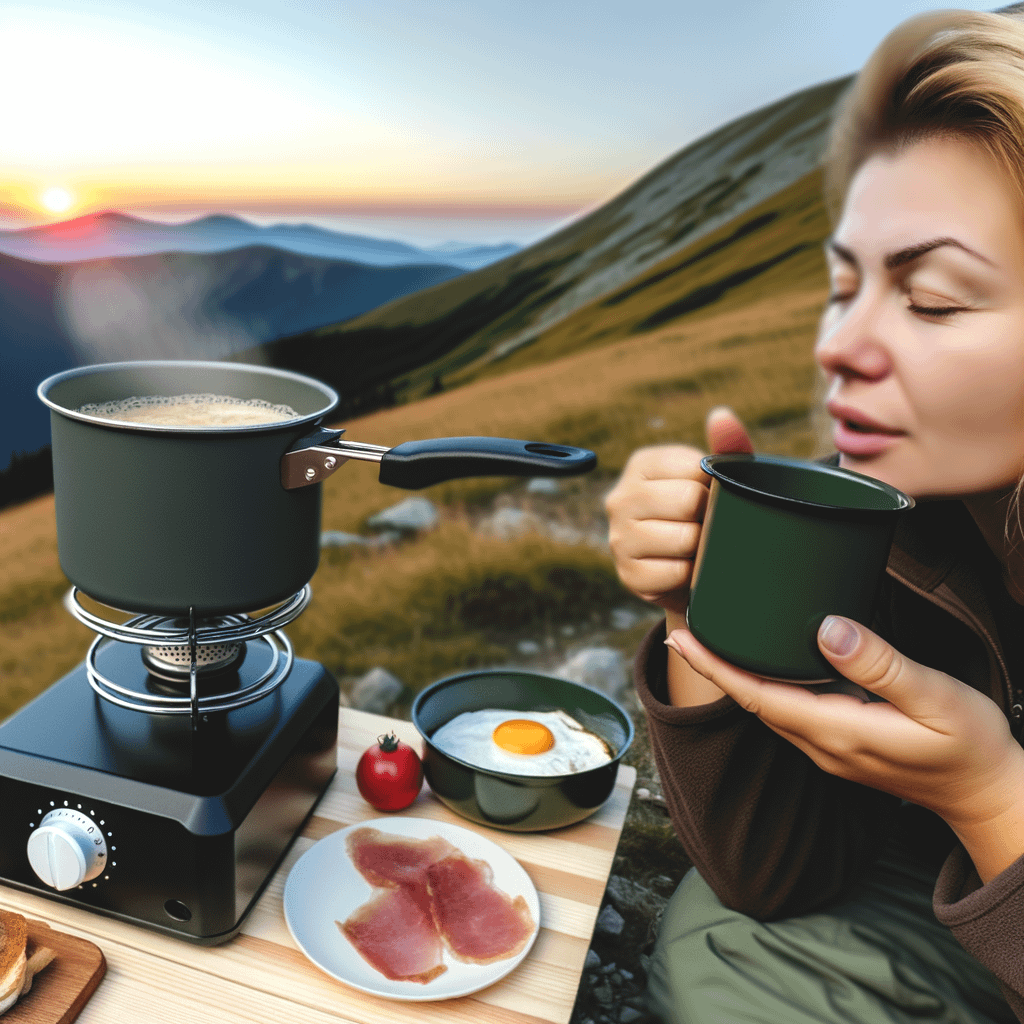How to Cook with Wild Edibles Safely on Your Camping Trip
Imagine stepping away from your tent just after sunrise, walking a trail dusted in dew, and returning with fresh herbs, berries, or mushrooms you can cook right over your campfire. That’s not a fantasy—it’s a growing reality for modern campers embracing the art of foraging. Cooking with wild edibles not only reconnects you to the land but also adds a new level of adventure (and flavor) to your outdoor experience. Before you go plucking mushrooms or scooping berries, it’s crucial to learn the rules of safe foraging and edible plant identification.
Benefits of Cooking with Foraged Foods While Camping
Foraging elevates your camping experience from basic survival to satisfying self-sufficiency. There’s something truly empowering about harvesting your own meal in the wild. It adds freshness to your campsite menu, allowing you to enjoy natural ingredients right at their source.
Many foraged items, like wild garlic or berries, can brighten up otherwise bland trail meals. Plus, it’s a budget-friendly and eco-conscious alternative to packed or processed food. You’re consuming local, zero-mile produce—no plastic packaging or grocery lines necessary.
Foraging Essentials for Campers
Research and Preparation Before Your Trip
Before setting foot on the trail, take time to study the local ecosystem. Learn about the edible plants and fungi native to your camping location. Reliable field guidebooks and identification apps like iNaturalist or PlantNet are invaluable tools.
Bring gloves for handling prickly plants, a small knife for harvesting, and a mesh bag or basket to carry your finds. Preparation ensures you’re not guessing in the field—because one wrong bite could lead to severe consequences.
Responsible Foraging Etiquette
Always follow the principles of “Leave No Trace.” This means picking only what you need and never disturbing rare or protected plants. Harvest in a way that allows the plant to regenerate, like cutting leaves instead of uprooting whole specimens.
Check park or forest regulations—some areas restrict foraging altogether or only allow certain types of plants. Ethical foraging also includes staying on trails, avoiding trampling delicate habitats, and respecting wildlife.
How to Identify Safe Wild Edibles
Wild doesn’t always mean edible. Many plants and fungi can be toxic or even deadly. It’s vital to understand the difference between what’s edible, inedible, and poisonous. A single misidentification—such as mistaking a toxic mushroom for an edible one—can result in serious illness.
Look for key features like leaf shape, vein patterns, stem texture, and flower color. Smell and taste (without swallowing) may also help when done cautiously, but never eat anything you’re unsure of. Be wary of look-alikes; for instance, wild parsnip looks like Queen Anne’s lace but causes severe skin burns.
Though the “Universal Edibility Test” is often cited in survival manuals, experts warn against relying solely on this method. According to the U.S. Forest Service, “Many toxic plants will pass parts of the test, especially the taste test. Trusting this method alone is a dangerous gamble.”
Common Edible Wild Plants and Fungi for Beginners
Dandelion (Taraxacum officinale): A superfood in disguise. Every part—flowers, leaves, and roots—is edible. Great in salads or tea.
Wild Garlic / Ramps (Allium tricoccum): Their pungent smell makes them easy to identify. Ideal for sautéing into meals.
Stinging Nettle (Urtica dioica): Handle with gloves! Once cooked, they’re packed with vitamins and taste like spinach.
Chickweed (Stellaria media): A mild green that adds crunch to sandwiches and salads. Look for its tiny star-shaped flowers.
Morel Mushrooms (Morchella spp.): High in flavor, but be 100% sure of identification—false morels are toxic. When in doubt, leave it out.
Wild Berries: Blackberries, raspberries, and blueberries are easy picks for beginners. Stick to berries you know; avoid white or green-hued ones unless identified with certainty.
Safety Disclaimer: Always double-check any plant or fungus with at least two reliable sources before consuming.
Cooking Tips for Wild Edibles While Camping
Cleaning and Preparing Foraged Ingredients
Always wash your finds with filtered or boiled water. Many foraged foods can carry dirt, insects, or even parasites. Remove bitter stems or fibrous parts unless they’re edible and pleasant.
Trim roots, rinse leaves multiple times, and pat them dry before cooking. Some plants, like nettles, must be blanched or sautéed to remove toxins or stingers.
Campfire and Portable Stove Cooking Methods
Boiling is great for tender greens like nettles or chickweed. Sauté ramps and mushrooms in butter or oil on a camp stove for rich, savory sides. Grilling wild edibles on skewers or foil packs is both fun and practical.
Keep meals simple. Wild ingredients often carry strong or unique flavors, and you want those to shine through rather than be drowned in seasoning.
Combining Foraged Foods with Camp Staples
Add greens to pre-made soup bases or stews. Make tea by steeping leaves and flowers in hot water. Wild mushrooms can elevate pasta, rice, or even freeze-dried meals. Berries are perfect for breakfast oats or trail desserts.
Sample Camping Recipes Using Foraged Foods
Nettle and Wild Garlic Soup: Sauté ramps, then boil with nettles, potatoes, and stock. Blend for a creamy forest-to-bowl soup.
Grilled Morel Mushrooms: Stuff morels with herbs and butter. Wrap in foil and roast on hot coals until tender.
Foraged Berry Oatmeal: Add fresh-picked berries to oats with a dash of cinnamon. Cook over low heat for a nourishing start to your day.
Dandelion and Chickweed Salad: Toss young dandelion greens and chickweed with olive oil, lemon juice, salt, and any trail-friendly additions like dried nuts or cheese.
Safety Guidelines and Precautions
Only consume plants or fungi that you’ve positively identified. Do not rely on a single picture or vague description. When in doubt, throw it out. Allergies to wild foods are possible; try new items in small samples. Always cook mushrooms, as many are toxic in raw form.
Avoid foraging in polluted areas—such as roadside ditches, near farmland with pesticides, or around factories. Contaminated soil and water can make even edible plants dangerous.
Respect legal boundaries. Some parks prohibit foraging. Research rules for national forests, Bureau of Land Management lands, or state parks before you gather anything.
Essential Gear and Tools for Foraging and Cooking
Pack a sturdy foraging knife, gloves, and a breathable mesh bag or basket to prevent your harvest from getting crushed. Field guides or phone apps help confirm your finds, especially when paired with images and descriptions.
For cooking, a lightweight portable stove, fuel, utensils, and collapsible pots are ideal. Don’t forget a water filter—safe water is crucial not just for drinking, but also for washing and cooking your foraged items.
Conclusion
Cooking with wild edibles on your camping trip transforms the way you experience nature. It deepens your connection to the outdoors while offering delicious, fresh ingredients you’ve gathered yourself. With the right knowledge, gear, and a commitment to safety, every meal becomes a wilderness celebration.
As survival expert Ray Mears notes, “Foraging teaches us about the land, our ancestry, and how to live in harmony with nature.” So next time you hit the trail, bring your guidebook—and your appetite.
Start small, stay cautious, and relish the journey. The forest is full of flavor, if only you know where to look.
“`
